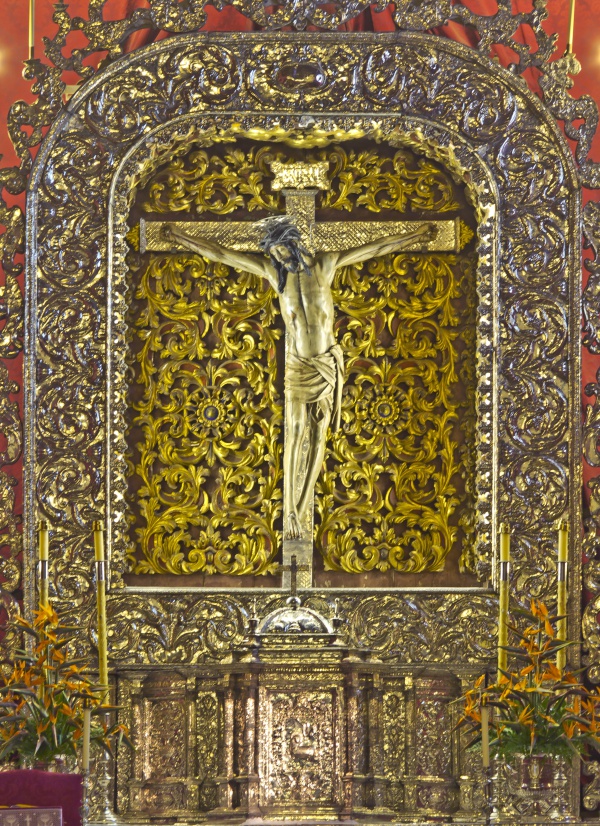Facts About Christ of La Laguna
The Cristo de La Laguna is a revered Catholic figure enshrined in the Real Santuario del Santísimo Cristo de La Laguna, situated in the city of San Cristóbal de La Laguna. This depiction of the crucified Jesus of Nazareth holds immense historical, artistic, and cultural significance in the Canary Islands, and is often regarded as one of the finest religious sculptures in both Spain and Europe.
The statue is believed to have been created in Antwerp by Louis Van Der Vule around 1514. Its journey to Tenerife was quite eventful, making stops in Venice, Barcelona, and Cádiz before finally arriving on the island in 1520. Over the years, the Cristo de La Laguna has been deeply venerated, frequently carried in processions through the city streets during times of public distress.
In 1947, the image of Christ was consecrated by the bishop and has since been housed in a Royal Sanctuary. This sanctuary, popular among worshippers, has also been privileged with papal indulgences similar to those granted to the Basilica of St. John Lateran in Rome. Recognized as a Cultural Monument in 2005, the Real Santuario del Santísimo Cristo de La Laguna boasts a rich history and remains a vital place of worship and pilgrimage.
Numerous legends surround the sculpture's origin. Some say it was carved by angels, others believe it was the work of Saint Luke, and some even claim it was brought to Tenerife by Saint Michael the Archangel. The Brotherhood of Cristo de La Laguna, formally known as the Pontifical, Royal, and Venerable Slavery of the Santísimo Cristo de La Laguna, is dedicated to the care and devotion of this sacred image. This brotherhood was honored with titles by King Alfonso XIII and Pope Pius X, underscoring its significant role in maintaining the legacy of the Cristo de La Laguna.

 Morocco
Morocco